
Tell your friends about this item:
Invisible: the Dangerous Allure of the Unseen
Philip Ball
Invisible: the Dangerous Allure of the Unseen
Philip Ball
Brief Description: Science is said to be on the verge of achieving the ancient dream of making objects invisible. Invisible is a biography of an idea, tied to the history of science over the "longue duree." Taking in Plato to today's science, Ball shows us that the stories we have told about invisibility are not in fact about technical capability but about power, sex, concealment, morality, and corruption. Precisely because they refer to matters that lie beyond our senses, unseen beings and worlds have long been a repository for hopes, fears, and suppressed desires. Ideas of invisibility are, like all ideas rooted in legend, ultimately parables about our own potential and weaknesses. Invisible presents the first comprehensive survey of the roles that the idea of invisibility has played throughout time and culture. This territory takes us from medieval grimoires to cutting-edge nanotechnology, from fairy tales to telecommunications, from camouflage to early cinematography, and from beliefs about ghosts to the dawn of nuclear physics and the discovery of dark energy. Invisible reveals what our age-old fantasies about what lurks unseen, and whether we can enter that realm ourselves, truly say about us. Biographical Note: Philip Ball is a freelance writer who lives in London. His many books include "Curiosity" "How Science Became Interested in Everything "and "Serving the Reich: The Struggle for the Soul of Physics under Hitler," both also published by the University of Chicago Press. Marc Notes: Includes bibliographical references and index. Publisher Marketing: If offered the chance--by cloak, spell, or superpower--to be invisible, who wouldn't want to give it a try? We are drawn to the idea of stealthy voyeurism and the ability to conceal our own acts, but as desirable as it may seem, invisibility is also dangerous. It is not just an optical phenomenon, but a condition full of ethical questions. As esteemed science writer Philip Ball reveals in this book, the story of invisibility is not so much a matter of how it might be achieved but of why we want it and what we would do with it. In this lively look at a timeless idea, Ball provides the first comprehensive history of our fascination with the unseen. This sweeping narrative moves from medieval spell books to the latest nanotechnology, from fairy tales to telecommunications, from camouflage to ghosts to the dawn of nuclear physics and the discovery of dark energy. Along the way, "Invisible "tells little-known stories about medieval priests who blamed their misdeeds on spirits; the Cock Lane ghost, which intrigued both Samuel Johnson and Charles Dickens; the attempts by Victorian scientist William Crookes to detect psychic forces using tiny windmills; novelist Edward Bulwer-Lytton's belief that he was unseen when in his dressing gown; and military efforts to enlist magicians to hide tanks and ships during WWII. Bringing in such voices as Plato and Shakespeare, Ball provides not only a scientific history but a cultural one--showing how our simultaneous desire for and suspicion of the invisible has fueled invention and the imagination for centuries. In this unusual and clever book, Ball shows that our fantasies about being unseen--and "seeing "the unseen--reveal surprising truths about who we are. Review Citations:
Publishers Weekly 02/09/2015 (EAN 9780226238890, Hardcover) - *Starred Review
Contributor Bio: Ball, Philip Philip Ball's book Bright Earth: Art and the Invention of Color was a finalist for the National Book Critics Circle Award; his Critical Mass: How One Thing Leads to Another won the UK's Aventis Prize. He is a consulting editor for Nature magazine, and he lives in London.
| Media | Books Hardcover Book (Book with hard spine and cover) |
| Released | April 8, 2015 |
| ISBN13 | 9780226238890 |
| Publishers | University of Chicago Press |
| Genre | Aspects (Academic) > Science / Technology Aspects |
| Pages | 336 |
| Dimensions | 166 × 232 × 21 mm · 566 g |
More by Philip Ball
Others have also bought
See all of Philip Ball ( e.g. Paperback Book , Hardcover Book , Book , CD and Bound Book )

 Christmas presents can be returned until 31 January
Christmas presents can be returned until 31 January







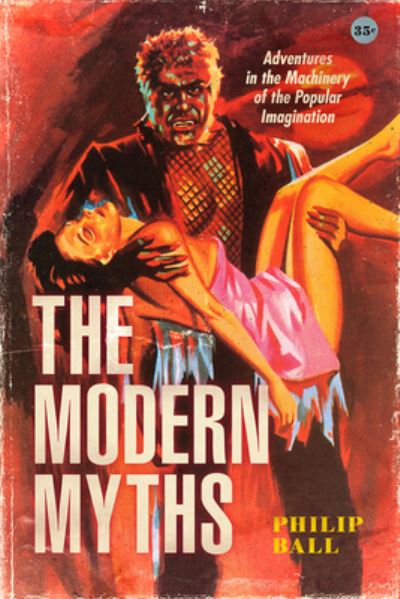


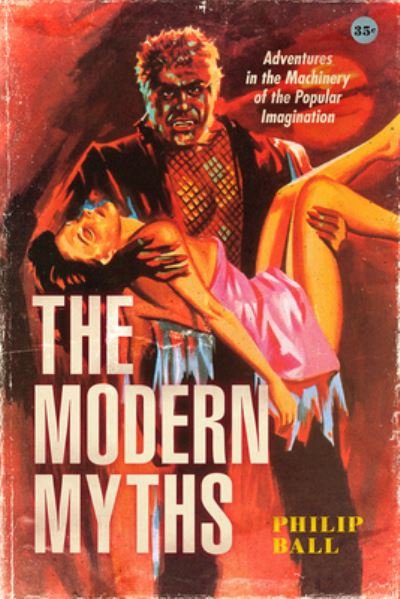


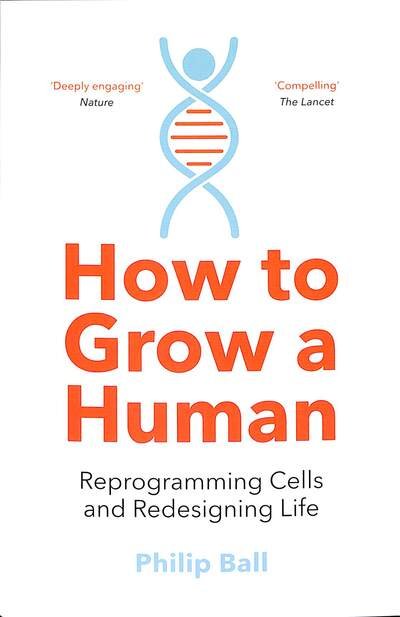


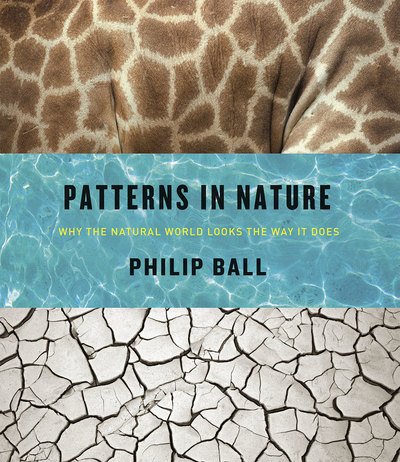



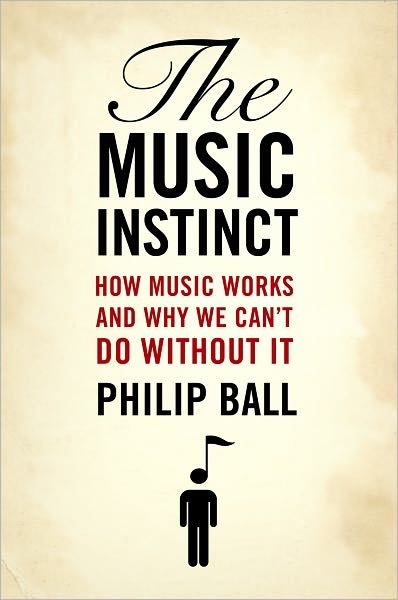
![Cover for Philip Ball · Universe of Stone: Chartres Cathedral and the Invention of the Gothic Aka Universe of Stone: a Biography of Chartres Cathedral (Paperback Book) [English Language edition] (2009)](https://imusic.b-cdn.net/images/item/original/300/9780061154300.jpg?philip-ball-2009-universe-of-stone-chartres-cathedral-and-the-invention-of-the-gothic-aka-universe-of-stone-a-biography-of-chartres-cathedral-paperback-book&class=scaled&v=1408429735)


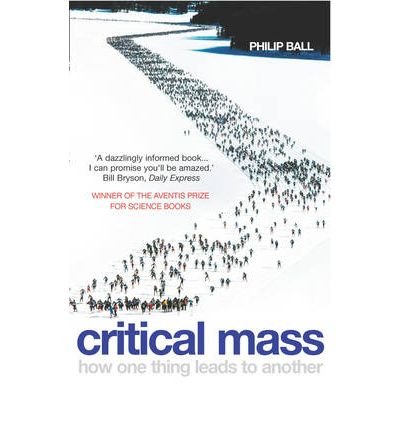












![Cover for David Byrne · How Music Works (Paperback Book) [Main edition] (2013)](https://imusic.b-cdn.net/images/item/original/525/9780857862525.jpg?david-byrne-2013-how-music-works-paperback-book&class=scaled&v=1393775571)

![Cover for Keith Richards · Life: The No. 1 Sunday Times bestseller from the Rolling Stones legend (Paperback Book) [1st edition] (2011)](https://imusic.b-cdn.net/images/item/original/614/9780753826614.jpg?keith-richards-2011-life-the-no-1-sunday-times-bestseller-from-the-rolling-stones-legend-paperback-book&class=scaled&v=1394204770)



